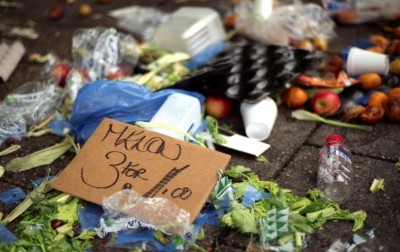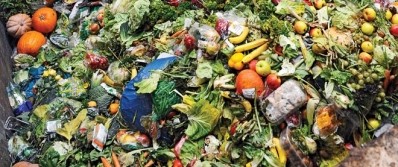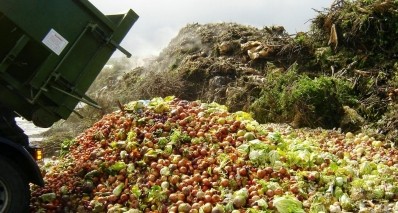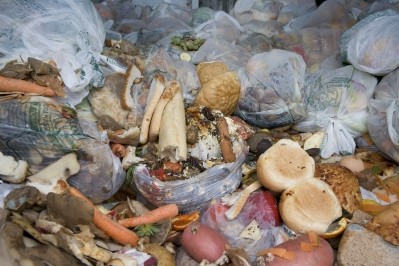Consumer waste and livestock biggest inefficiencies in food production: Study
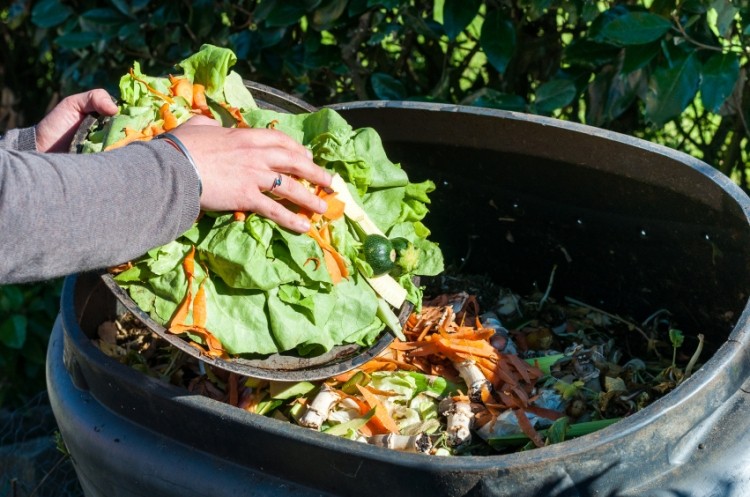
The study, by researchers at the University of Edinburgh in the UK, looked at the efficiency of the different stages of the food production system, from harvest through to consumption, using data from the UN Food and Agriculture Organisation (FAO).
While the largest gross losses came from crops not harvested, which accounted for around 80% of all losses in the system, the study focused on inefficiencies further along the process.
Livestock wastes up to 94% of inputs
Livestock production had a loss rate of 78% of dry mass when looking only at crops and processed commodities used, with 1.08 billion tonnes yielding only 240 million tonnes of edible animal products. With grassland harvest used to feed livestock included, boosting the input to 4 billion tonnes, the loss rate increased to 94%.
By the time food reaches consumers, 9% of production, or 160 million tonnes, is discarded uneaten, while 10% is “lost” to over-consumption, based on an assumed 2,342 kcal requirement per person per day.
Adjusting for compounded losses, the researchers also gave estimates as to the proportion of loss each stage in the food system was responsible for.
In terms of dry matter, livestock production was by far the highest, responsible for 43.9% of losses, although animal product distribution was the smallest, at only 1.1%. Transportation and storage was blamed for 18% of losses, with production on 10.7%.
Consumer waste was responsible for 12.2% of losses, and over-consumption for 14%.
“The results emphasise the substantial losses occurring during livestock production, and reveals the magnitude of losses from consumption of food in excess of human nutritional requirements,” the researchers wrote in the study, published in the journal Agricultural Systems.
“The greatest rates of loss were associated with livestock production, and consequently changes in the levels of meat, dairy and egg consumption can substantially affect the overall efficiency of the food system, and associated environmental impacts (e.g. greenhouse gas emissions),” they added, noting it was regrettable that meat and dairy consumption is forecast to continue rising.
Over-consumption as significant as consumer waste
The authors said it was significant that losses from over-consumption were at least as substantial as losses from consumer waste.
“Consequently, greater research focus may be required to better understand causes, effects and solutions for over-consumption,” they wrote.
“Changes to influence consumer behaviour, e.g. eating less animal products, reducing food waste, and lowering per capita consumption to be closer to nutrient requirements will all help to provide the rising global population with food security in a sustainable manner,” the authors concluded.
The study looked at losses in terms of dry mass, energy, protein and wet mass, with some significant differences to be found between the methods.
While three of the methods gave a loss rate of just over 10% for over-consumption, the protein analysis showed people consume almost 28% more protein than required, based on an average requirement of 52g protein per person per day.
Source: Agricultural Systems
Published online ahead of print, doi: 10.1016/j.agsy.2017.01.014
“Losses, inefficiencies and waste in the global food system”
Authors: Alexander, P.; Brown, C.; Arneth, A.; Finnigan, J.; Moran, D; Rounsevell, M.D.A.
